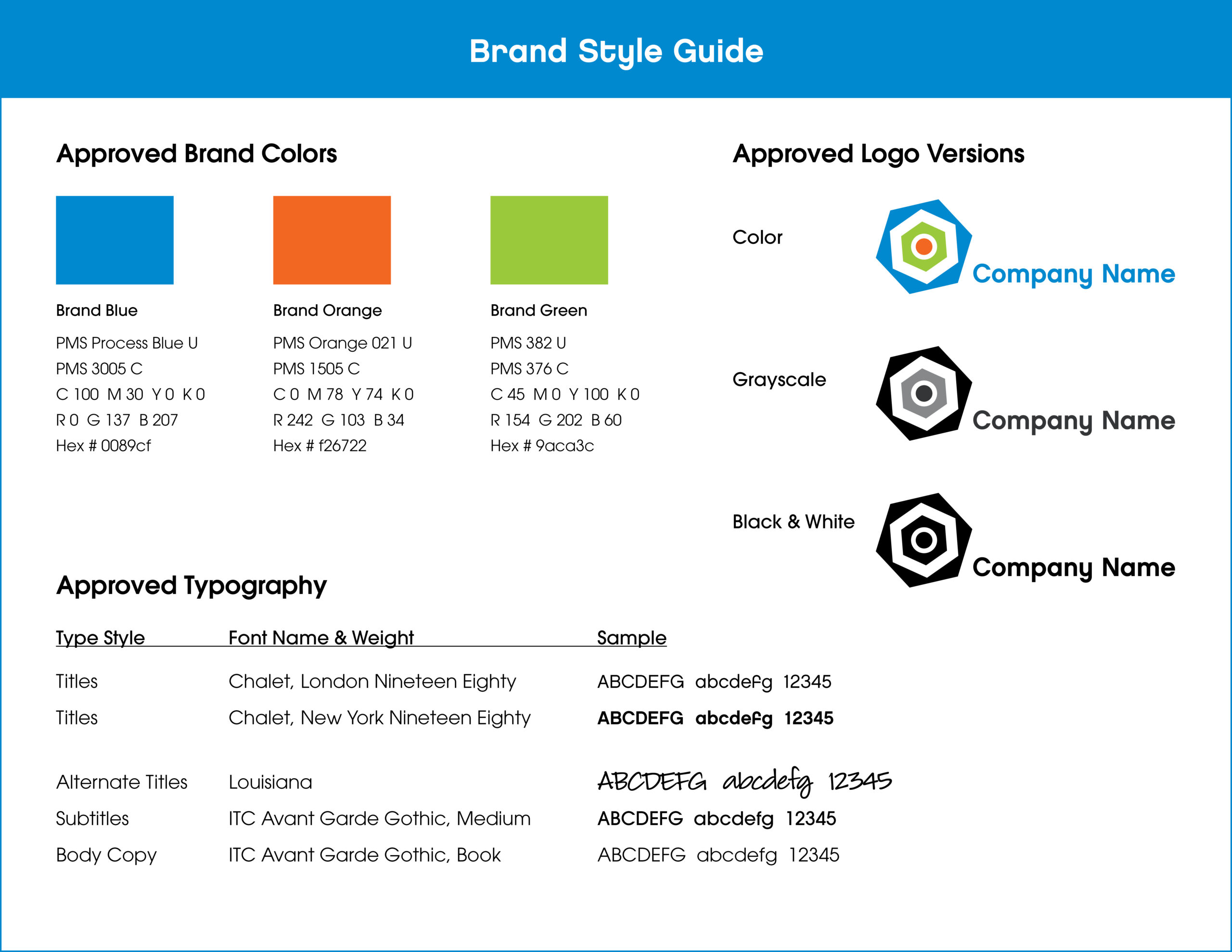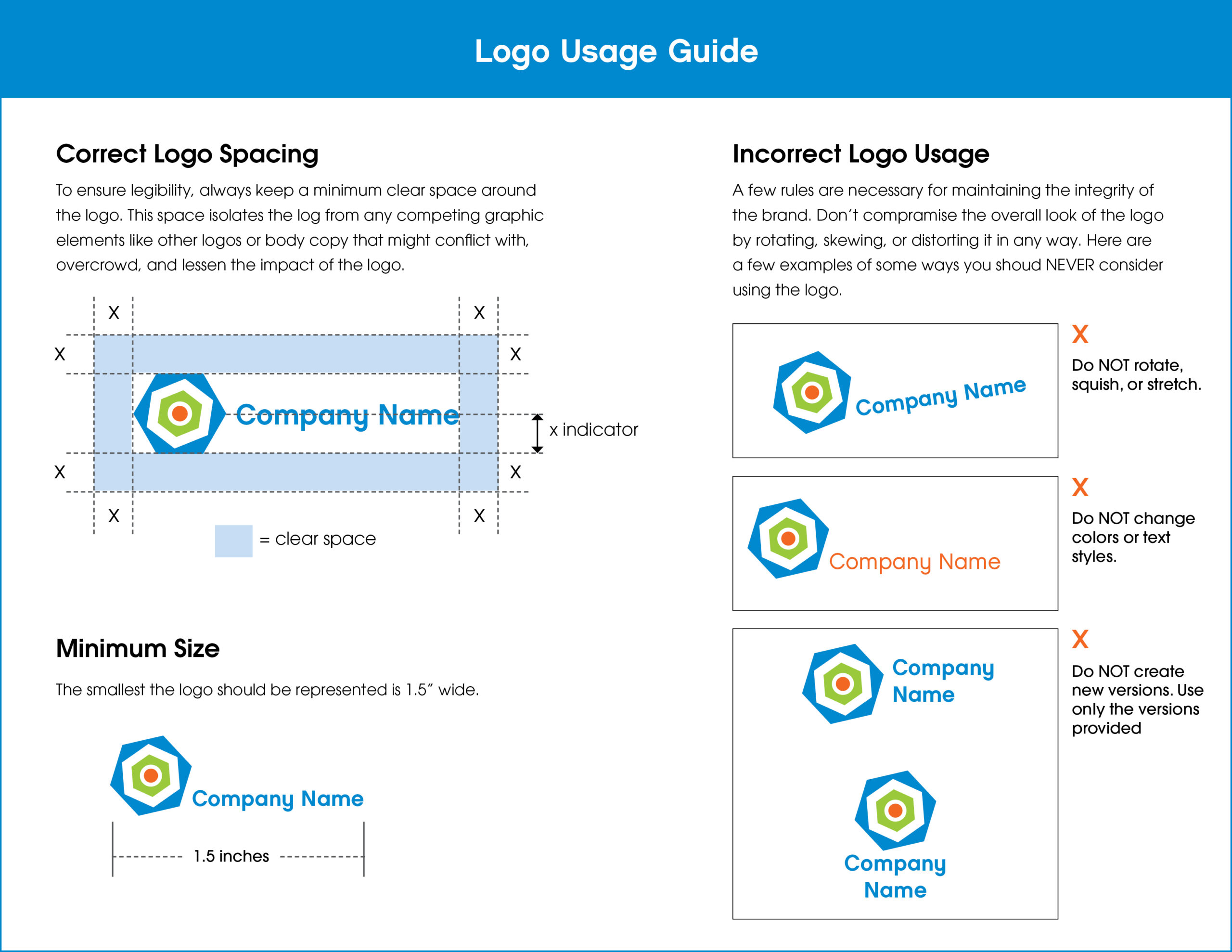We recently published a post about style guides. But if you’re wondering, why bother? We have some answers for that too. Perhaps the most important answer is a short one: It helps your organization protect its brand, whether nonprofit or for-profit.
Consider this analogy: Imagine (or remember) applying for a new job somewhere. You get the coveted call that you’ve got an interview. It’s a job you really want, so you’re going to prepare, right? Preparation involves doing your homework about the position and the company, not to mention polishing your resume and prepping potential references.
But there’s something else you do: You figure out how to dress appropriately.
Applying for management or higher roles? You’re likely going to want to look the part. Depending on the company, you might dress conservatively, with a business suit or at least something more formal than khakis and polos. If you’re applying for a job in the fashion industry, you’d want to look as current and on-trend as possible. Job with a quirky ad or design company? You might look for something unique and unexpected.
Keep your brand looking the part
Whatever the role, you’re going to want to make sure your appearance is on point from head to toe. You want your appearance to underscore the things on your resume that got you in the door in the first place.
Style guides serve a similar purpose. They allow your organization to figure out how it should appear in print and digitally and provide a platform for consistency. Potential customers and clients will see, either consciously or subliminally, a confident, detail-oriented appearance that speaks of professionalism and expertise. It helps them develop a positive opinion of your company. If consistently carried through, that first opinion provides the foundation for the good reputation every business wants.
What a brand style guide can look like

These also make it easier for employees to know how to promote the brand. Having everyone on the same page (literally, in some cases) with how to represent the brand serves to bolster that consistency and professionalism.
Interested in learning more about style guides? Contact us.


